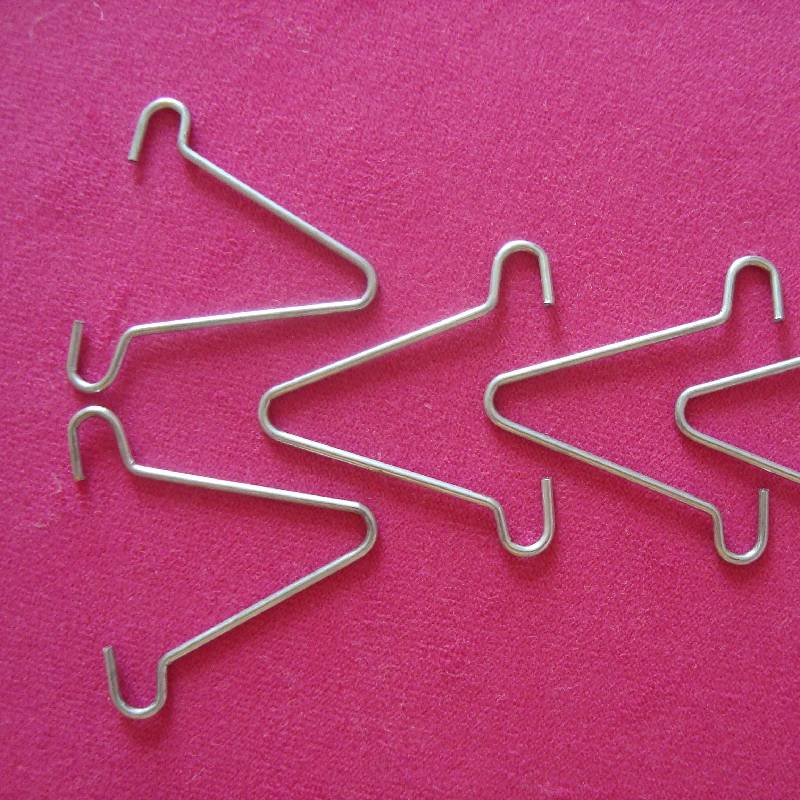
- Mobile Phone
- +8613931874955
- sales@cntcmetal.com
brick tie detail
Brick Tie Detail Understanding Its Importance in Construction
In the realm of construction, the integration of various materials and techniques is crucial to the stability and longevity of structures. One significant yet often overlooked element is the concept of “brick tie detail.” Brick ties play a vital role in masonry construction, especially in structures that employ both brick and other materials such as concrete or wood. This article will delve into the importance of brick tie detail, exploring its function, types, installation methods, and overall significance in building integrity.
What are Brick Ties?
Brick ties are slender metal strips or anchors that create a mechanical connection between the brickwork and the backing wall, which can be made of wood, concrete block, or other materials. The primary purpose of brick ties is to provide support and stability to the brick veneer, ensuring that it adheres securely to the structural wall behind it. This connection is essential for several reasons, including preventing the veneer from collapsing or detaching and enhancing the overall structural integrity of the building.
Important Functions of Brick Ties
1. Load Distribution Brick ties help distribute the loads imposed on the brick veneer evenly across the supporting wall. This is particularly crucial in multi-story buildings where the weight of the bricks can be significant.
2. Movement Accommodation Construction materials expand and contract due to temperature changes and environmental factors. Brick ties allow for some flexibility, accommodating this movement while maintaining a secure connection.
3. Moisture Resistance By securing the brick veneer to the wall, brick ties help prevent water intrusion, which can lead to structural damage. Many brick tie systems incorporate features that allow for drainage, reducing the risk of moisture buildup.
brick tie detail

4. Pressure Resistance In areas prone to high winds or seismic activity, brick ties provide additional resistance against forces that might otherwise cause the brick veneer to detach from the supporting structure.
Types of Brick Ties
Several types of brick ties are used in construction, each serving specific needs
- Galvanized Steel Ties Commonly used for their strength and resistance to corrosion, these ties are suitable for most environments. - Stainless Steel Ties Ideal for coastal areas or regions with high humidity, stainless steel ties provide robust resistance to rust and degradation. - Plastic Ties While not as commonly used, plastic ties are lightweight and can be suitable for specific applications where metal may cause issues, such as thermal bridging.
Installation of Brick Ties
The installation of brick ties should adhere to local building codes and manufacturer guidelines. Typically, brick ties are installed at specific intervals along the wall, spaced to provide adequate support. The ties must be securely anchored to both the backing wall and the brick veneer. Proper installation not only ensures compliance with safety standards but also enhances the overall durability of the brickwork.
Conclusion
Understanding the details of brick ties is crucial for architects, engineers, and builders alike. They serve as a fundamental component in creating durable, stable, and aesthetically pleasing masonry structures. The correct implementation of brick tie detail not only supports the structural integrity of buildings but also contributes to their long-term performance and resilience against environmental challenges. As construction practices continue to evolve, the significance of effective brick tie systems remains paramount in achieving safe and robust architectural designs.
share:
-
Wall Ties for Concrete: Invisible Guardians of Building Structural StabilityNewsAug.08,2025
-
Timber Frame Wall Ties: Stable Bonds for Load TransmissionNewsAug.08,2025
-
Stainless Steel Woven Wire Mesh: A versatile material from boundary protection to functional supportNewsAug.08,2025
-
Powder Coat Coil Springs: Creating peace of mind and reliability with sturdy protectionNewsAug.08,2025
-
Floor Standing Sign Holder: A Powerful Assistant for Flexible DisplayNewsAug.08,2025
-
Binding Iron Wire: An Invisible Bond for Building StabilityNewsAug.08,2025
-
Yard Sign Stakes: Reliable Guardians of Outdoor SignsNewsAug.04,2025



















